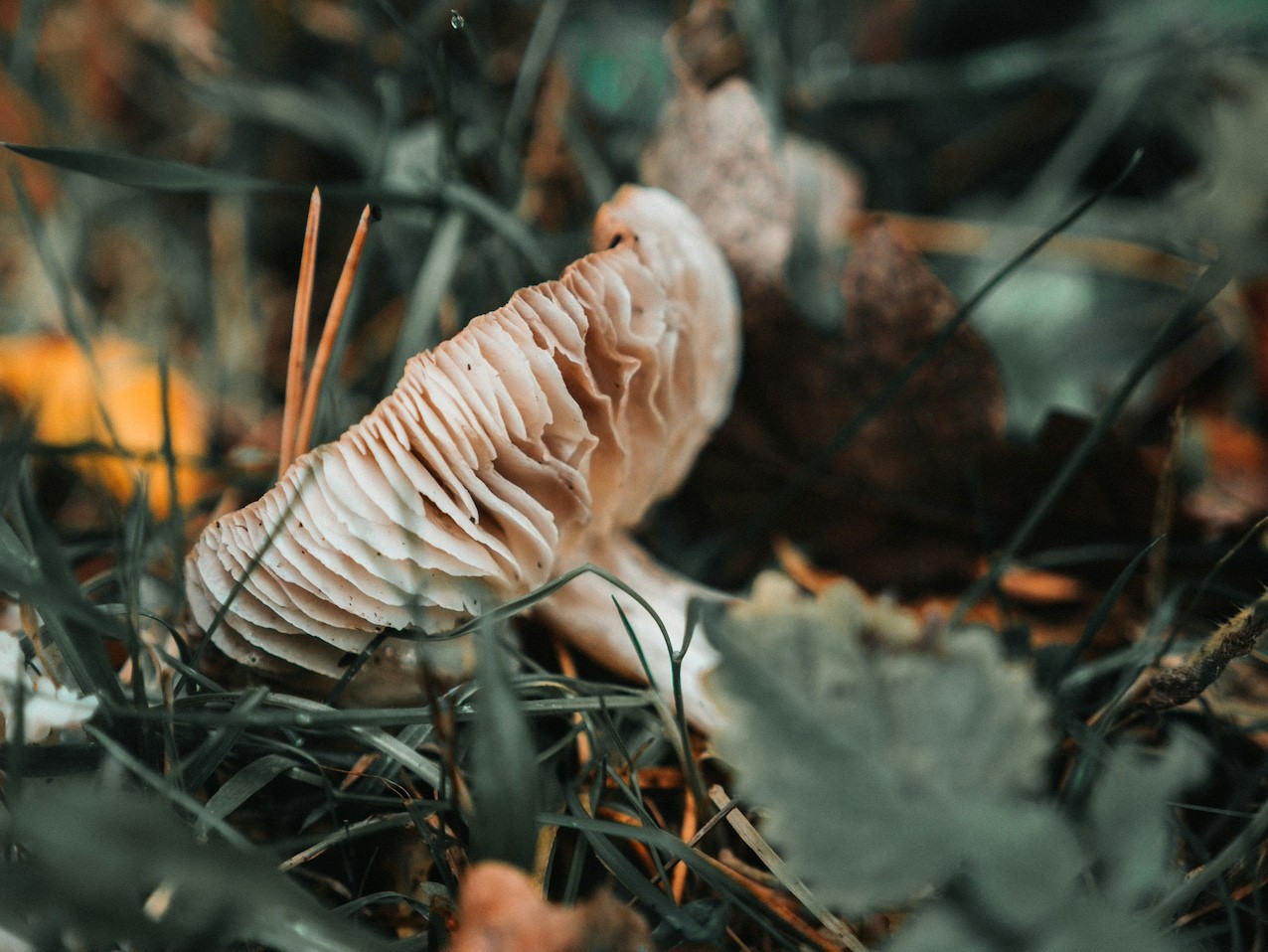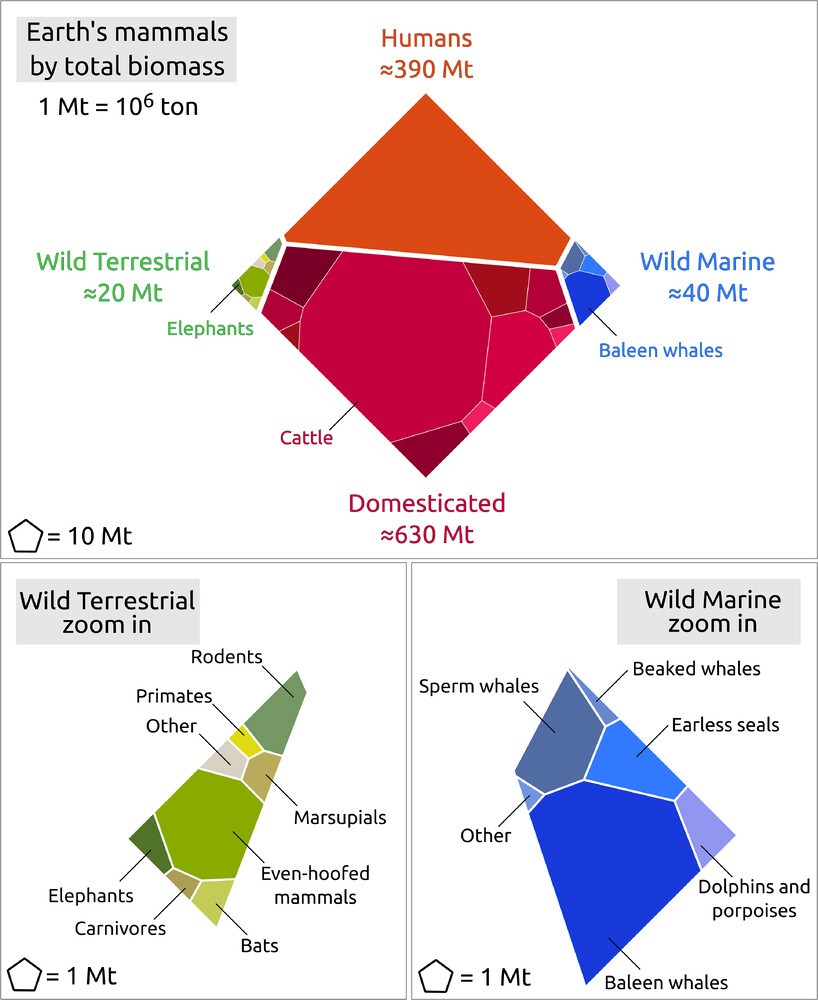
What is rewilding, and how can it inspire action?
April 2, 2024
A couple of weeks ago it was the spring equinox. It's easy to miss this, especially if you don't work outside.
On the same day it was World Rewilding Day - an even easier date to miss. Because this is my area, I knew about it and was surrounded by messages. But if you're not in that world it's just another - of many - named days.
So, what is rewilding?
‘Rewilding’ is used an increasing amount, but it can be easy to forget that it’s still new to many people.
In short,
it's a way to let wildness come back to land, so that natural processes and wildlife flourish.
It creates the potential to reverse biodiversity loss and to reconnect ourselves with the rest of the living world.
In a little more depth, I cover:
The essence of rewilding
Rewilding in practice
Why it matters
In essence it’s about creating the space for wildlife and natural processes to return. One of the classic examples is the reintroduction of wolves to Yellowstone Park.
In its most idealised form it develops ‘self-willed land’. Free from human intervention, where evolution can happen at all levels and thriving ecosystems emerge over time. You can read more about examples of this view here, by the brilliant Kate McFarland: https://u.osu.edu/mcfarland.309/rewilding/
However, I would argue that this purity is not achievable and not desirable in areas that are relatively densely populated. Such as the UK. We have to operate at a different scale to North America.
It also misses out on the benefits of involving people in the process. As the drivers of biodiversity loss, we need to find a way to engage people in this so that restoration is seen as a gain for us as well as biodiversity. We need to want to become a little wilder. Not just leave it as something separate from us.
For example here is an explainer on rewilding by George Monbiot via the Guardian (hosted on youtube) that touches on this possibility of engaging with the wonder of wildness on our doorstep.
In practice in the UK, rewilding often refers to landscape level interventions to bring wildness and habitat back. Sometimes a historical reference point is used. This can help understand what might be missing from the land that would help it return to a more natural equilibrium.
What this looks like:
At a landscape level it means connecting up hundreds of acres of protected land, and (re)introducing species that shape their environments such as Bison and Beaver e.g. https://www.rewildingbritain.org.uk/blog/5-rewilding-projects-restoring-habitats-at-a-landscape-scale
At the scale of a handful of acres, interventions can include creating more water through slowing or rewiggling rivers and adding ponds. Replacing plantations (often single species) with a mix of native trees. Planting wildflower seeds and introducing livestock that can help accelerate changes (such as pigs)
At a garden scale, it can be letting grass grow, planting wild flowers, piling up and leaving dead sticks and leaves, and generally leaving things a little messy.
The reason this is needed is that most of our land has been changed through us using it for forestry, agriculture, building or extraction (such as mining). This has accelerated in the last fifty years but has been happening for thousands. Most land in the UK is accessible, both without inhospitable terrain or dangerous animals. So most land can – and has – been used.
In research into biodiversity loss in the world, it was found that the UK has lost more than most countries in the world. In fact the research concludes that the UK has 'led the world' in destroying the natural environment
Here is one of the reasons why it matters:

From "the global biomass of wild mammals"
We have created a domesticated world. Whilst it can be easy to watch nature documentaries and imagine there is wildness, just in another country. This is largely an illusion. We dominate the world to such an extent that just 4% of mammals are wild.
The level of biodiversity loss due to human activity is being called the sixth mass extinction event (one of the others was the meteor that wiped out the disonaurs).
This is tragic in many ways, from putting our food systems at risks, creating new disease pathways, leaving a deteriotating legacy to future generations and lessening the potential for new discoveries and inspiration.
In contrast, rewilding gives us a way to find a new path. To be able to restore habitats and systems, developing a new way to engage with wildness. This engagement can also help us value biodiversity more generally. And it has been shown that by increasing our connection to the wilder world, it can make us happier and also more likely to have a positive impact on our environment in other ways.
This 'rewilding' can be about our frame of mind as well as land. For example Miles Richardson writes and researches on 'nature connection' and has some great examples of designing spaces to help people stop and notice nature - the first step to building a lasting relationship.
So, if you're new to the idea of rewilding, you can make a start wherever you are. Noticing a tree on your way to work, hearing a bird sing or watching a squirrel. And from there, let it build 🌱
